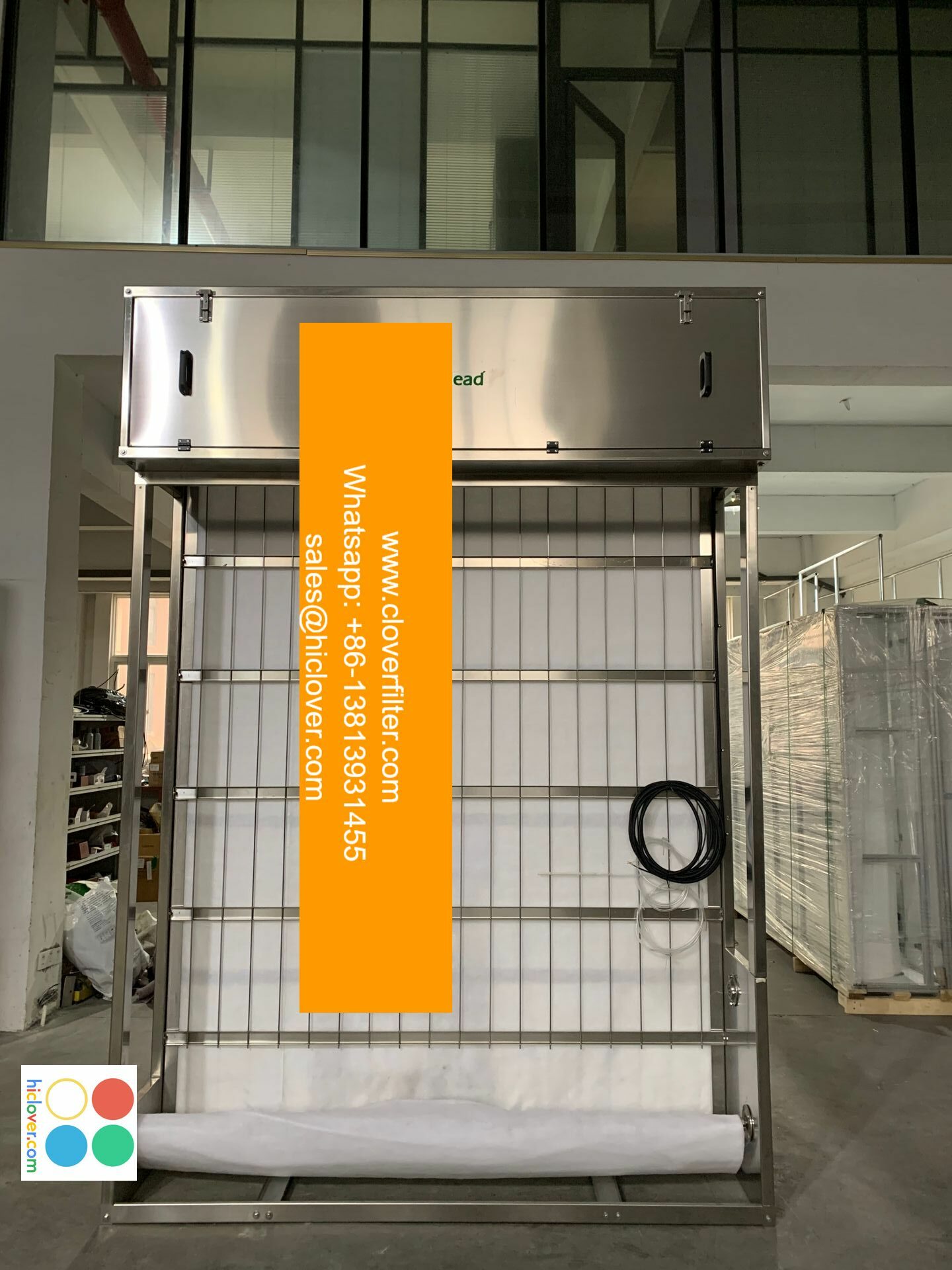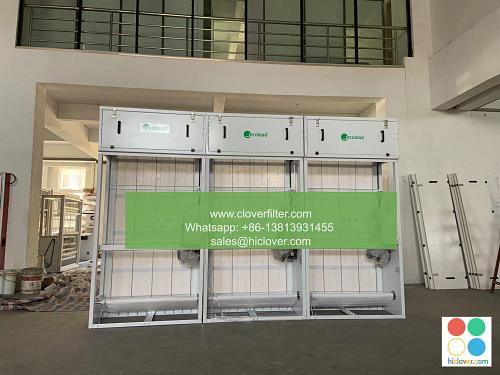Activated Carbon Filter Standards: A Guide to Effective Odor Removal

Activated Carbon Filter Standards: A Guide to Effective Odor Removal
Activated carbon filters have been used for decades to remove impurities and odors from air and water. The innate ability of activated carbon to attract and trap molecules, including odor-causing compounds, has made it an indispensable component in various industries. In this article, we will delve into the world of activated carbon filter standards, exploring the key factors that contribute to effective odor removal and highlighting various application areas where these filters are used.
What is Activated Carbon?
Activated carbon, also known as activated charcoal, is a form of carbon that has been treated to increase its surface area and porosity. This treatment process, typically involving chemical activation or thermal activation, results in a material that is highly reactive and absorbent. Activated carbon’s unique properties make it an ideal substance for trapping and removing impurities, including odors, from air and water.
Activated Carbon Filter Standards
To ensure the effectiveness of activated carbon filters, various standards and regulations have been established to govern their production, testing, and application. These standards address critical factors such as:
- Mesh size: The mesh size of an activated carbon filter refers to the size of the material’s pores. In the context of odor removal, a smaller mesh size is generally preferred to capture smaller molecules, resulting in more effective odor removal.
- Density: The density of activated carbon can impact its ability to capture odors. Higher-density materials are typically more effective at removing odors than lower-density materials.
- Surface area: The surface area of activated carbon is measured in square meters per gram (m2/g). A higher surface area indicates a greater potential for odor removal.
- Color and appearance: The color and appearance of activated carbon can indicate its quality and effectiveness. Activated carbon with a higher carbon content and whiter, more uniform color is generally more effective at removing odors.
- Air purification systems: Activated carbon filters are often used in air purifiers, dehumidifiers, and other appliances to remove odors, mold, and other impurities from the air.
- Water treatment: Activated carbon filters are used to remove impurities, including chlorine, volatile organic compounds (VOCs), and other contaminants from drinking water and wastewater.
- Automotive systems: Activated carbon filters are used in car air fresheners, odor-absorbing products, and other automotive applications to eliminate odors.
- Food and beverage industry: Activated carbon filters are used in coffee and tea equipment, wine barrels, and other food storage containers to remove impurities and improve taste.
Application Areas
Activated carbon filters are used in a wide range of applications, including:
Conclusion
When it comes to activated carbon filters, understanding the standards and regulations that govern their production and application is crucial to ensuring effective odor removal. By considering factors such as mesh size, density, surface area, and color, you can select the most effective activated carbon filter for your specific needs. Whether used in air purification, water treatment, or other applications, activated carbon filters have proven to be a reliable solution for removing impurities and odors.
It seems you’ve accidentally sent a blank message! Would you like to try again? What would you like to talk about or ask? I’m here to help!

